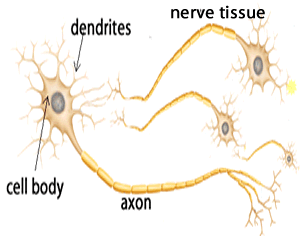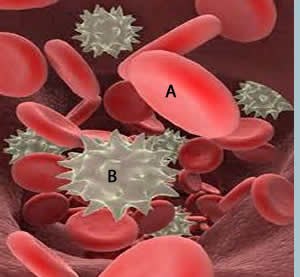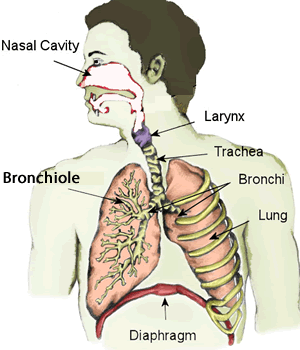Our body has varying degrees of complexity. The simplest functional unit in our body is the cell. Cells, in turn, are organised into tissues. Tissues are groups of similar cells that have a common structure and function. In fact all the tissues found in the body fall into four categories:
- nervous,
- muscle,
- epithelial
and
- connective.
Two or more different types of tissues may be arranged together to form organs that perform specific tasks.
For example:
- the heart includes cardiac muscle tissue, nerve tissue, epithelial tissue that line the blood vessels, as well as fat tissue, which is a type of connective tissue.
- the eye includes , muscle tissue, nerve tissue, epithelial tissue and also connective tissue.
- the ear is also a fine example of of an organ composed of many tissues including connective tissue and nerve tissue.
Organs are in turn, organised in groups to form systems.
The systems in our bodies include:
- respiratory,
- circulatory,
- immune,
- muscular,
- excretory,
- integumentary system,
- nervous
.

Activities:
- heart dissection
- eye dissection.

4) A connective tissue is defined as living cells immersed in a non-living matrix. Bone, blood and cartilage are considered connective tissue.
The structure labelled "A" is best classified as a

9) Consider the picture on the right.
a) In the order of hierarchical complexity the lungs are considered a
b) The diaphragm is considered a
c) All of the items labelled, together form a
d) What is the function of all the labelled items put together?
